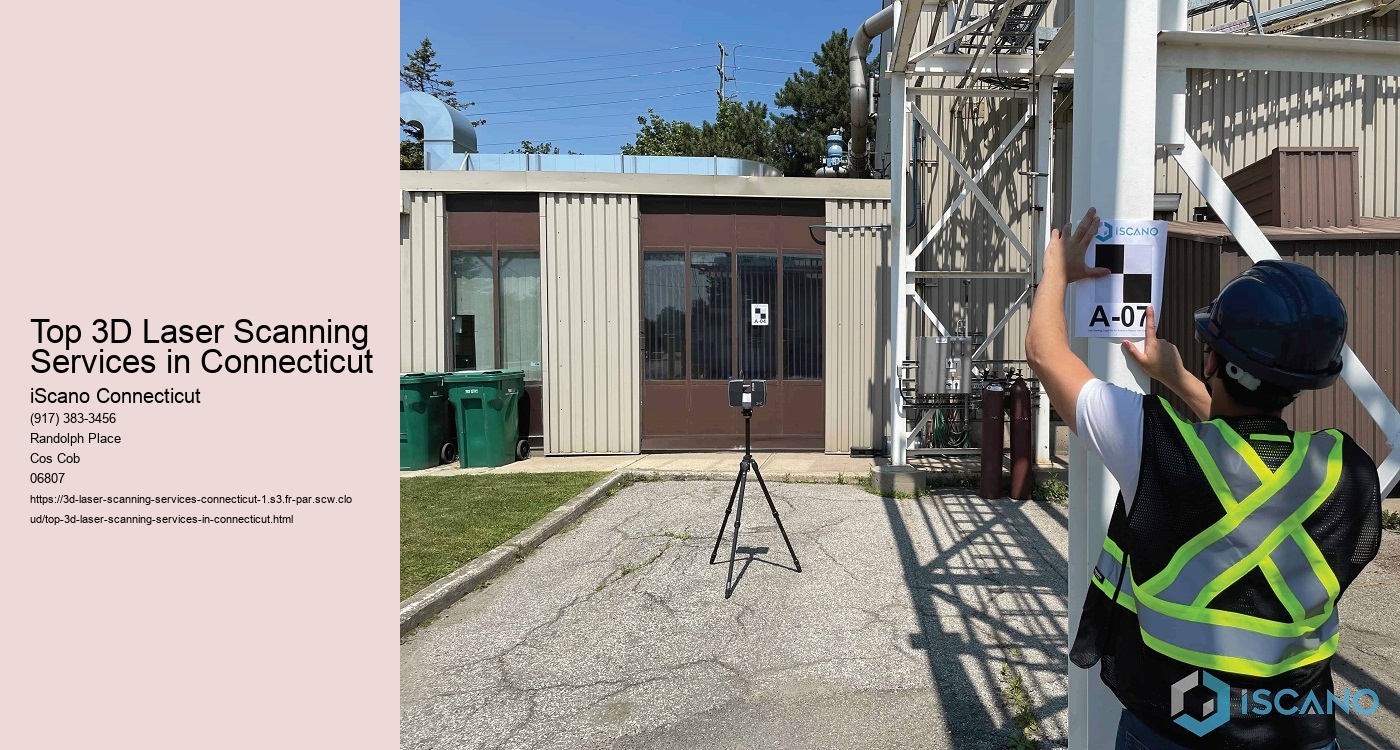Reinventing Mapping and Surveying: 3D Laser Scanning Redefines Connecticut'' s Aesthetic Landscape Development in visualization has taken a giant jump onward with the arrival of 3D laser scanning technology. Top 3D Laser Scanning Services in Connecticut . This advanced device is transforming the method we view and communicate with our environments, especially in the context of mapping and surveying in Connecticut. With its exceptional precision and efficiency, 3D laser scanning is reshaping sectors and opening brand-new possibilities for urban planning, infrastructure development, heritage conservation, and a lot more.
Connecticut, with its varied terrain and abundant cultural heritage, provides a myriad of difficulties and chances for visualization modern technologies. Typical techniques of mapping and evaluating usually struggle to record the complex information of its landscapes and structures. Nonetheless, 3D laser scanning offers a service that goes beyond these constraints, offering extremely precise and in-depth depictions of both natural and man-made environments.
One of the vital benefits of 3D laser scanning is its ability to catch information swiftly and non-invasively. By emitting laser pulses and measuring the time it considers them to return, scanners can create exact three-dimensional versions of items and landscapes with impressive speed. This performance is especially beneficial in Connecticut, where jobs often deal with limited target dates and intricate surface.
Furthermore, the degree of information captured by 3D laser scanning is unmatched. From the intricate exteriors of historic buildings in New Haven to the rugged topography of the Litchfield Hills, every subtlety is consistently duplicated in the resulting digital designs. This degree of integrity not just enhances the precision of mapping and checking efforts however also supplies valuable insights for preservation and restoration projects.
Along with its accuracy and efficiency, 3D laser scanning provides versatility that is unmatched by typical approaches. Whether it'' s capturing the design of a construction website in Stamford or recording the problem of a bridge in Hartford, scanners can adjust to a large range of atmospheres and applications. This flexibility makes them crucial tools for designers, engineers, archaeologists, and city coordinators throughout Connecticut.
Moreover, the data gathered with 3D laser scanning can be conveniently integrated into numerous software program platforms for further analysis and visualization. By combining scan information with geographic details systems (GIS) or constructing info modeling (BIM) software program, stakeholders can acquire much deeper understandings into spatial partnerships, recognize potential issues, and make even more enlightened choices. This assimilation is driving development in areas such as urban style, transportation planning, and environmental monitoring.
Beyond its practical applications, 3D laser scanning is additionally adding to the preservation and documentation of Connecticut'' s social heritage. By digitally catching archaeological sites, monoliths, and artefacts, scanners are creating virtual archives that can be accessed and studied for generations ahead. This not only assists to secure these essential social properties however additionally gives researchers with indispensable sources for research and analysis.
Nevertheless, regardless of its countless benefits, the prevalent adoption of 3D laser scanning in Connecticut is not without obstacles. Price considerations, technical know-how, and information monitoring concerns are simply a few of the factors that organizations need to browse when executing scanning tasks. Moreover, the rapid pace of technical advancement indicates that experts should frequently upgrade their skills and devices to stay ahead of the curve.
To conclude, 3D laser scanning represents a transformative development in visualization that is improving the method we regard and engage with our atmosphere. In Connecticut, this innovation is unlocking new opportunities for mapping, evaluating, and social heritage preservation, while likewise driving innovation in a wide variety of sectors. As the innovation remains to develop, its possible to change visualization in Connecticut and beyond is virtually endless.
